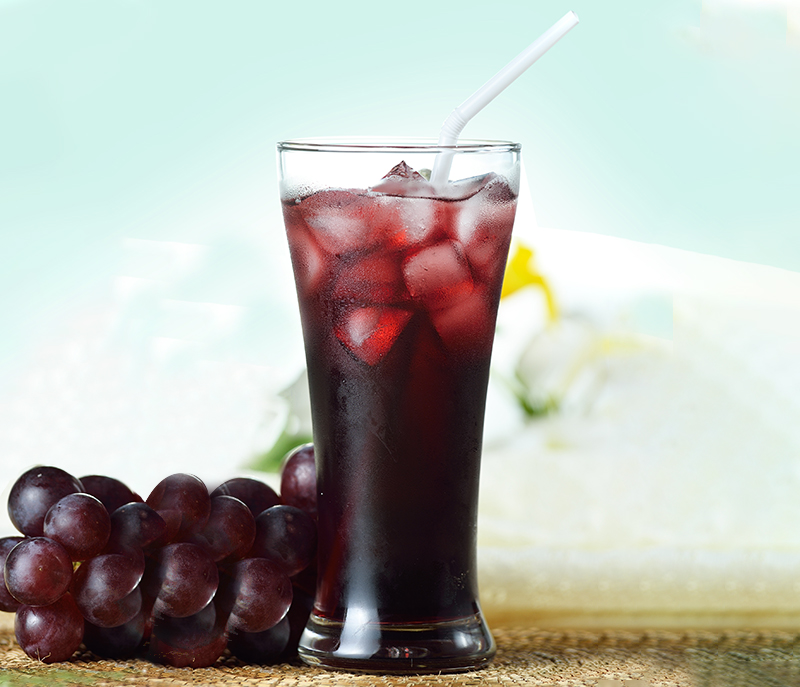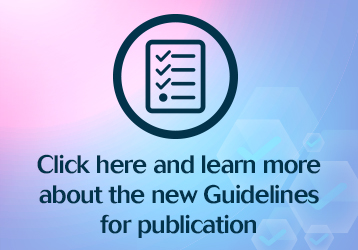Volume 32, Nº 3, May and June 2019
DOI: http://www.dx.doi.org/10.5935/2359-4802.20180097
ORIGINAL ARTICLE
Antioxidant and Vasodilatory Action of Grape Juices Produced in Different Regions of Brazil
José Britto Junior
Karla Carneiro Siqueira Leite
Eric de Souza Gil
Matheus Lavorenti Rocha

Abstract
Background: Grapes and its derivatives (wines and juices) are rich in polyphenols that have high antioxidant and vasodilator capacity. These biological activities may vary in the juices marketed and produced in different regions of Brazil.
Objectives: To determine the antioxidant and vasorelaxant effects of grape juice samples produced in diferente regions of Brazil.
Methods: The content of phenolic compounds and antioxidant capacity were evaluated by the methods of Folin-Ciocalteau, DPPH, ABTS and a new electroanalytical approach (differential pulse voltammetry - DPV). Vasodilator effects were analyzed in isolated aorta from rats in an organ bath.
Results: The samples from RJ and SP presented respectively the higher and lower phenolic content and also antioxidant capacity by the methods used (ABTS and DPPH). The results of the electrochemical index corroborate to the other tests, with the best results to RJ (21.69 ± 3.15 μA/V) and worse to the SP sample (11.30 ± 0.52 μA/V). In the vascular reactivity studies, the relaxation induced by each sample presented more distinct differences, following the order: RJ (87.9 ± 4.8%) > RS1 (71.6 ± 8.6%) > GO (56.2 ± 7.2%) > SP (39.9 ± 7.8%) > PR (39.4 ± 9.5%) > RS2 (19.5 ± 6.2%). Inhibition of endothelial NO practically abolished (p < 0.001) the relaxation for all samples, except one.
Conclusion: The phenolic content and antioxidant capacity vary greatly among samples. The results obtained for the order of antioxidant activity were: RJ > RS1 > GO > RS2 > PR > SP. The juices were able to induce vascular relaxation at quite varied levels, and the RJ sample the most effective. The L-NAME practically blocked all samples except one (RS2). (Int J Cardiovasc Sci. 2019;32(3)238-246)
Keywords: Antioxidants/pharmacology; Vasodilatation; Vasodilatador Agents/analysis; Vitis; Fruit and Vegetable Juices/analysis; Epidemiology; Cardiovascular Diseases/prevention and control; Neoplasms/prevention and control.











